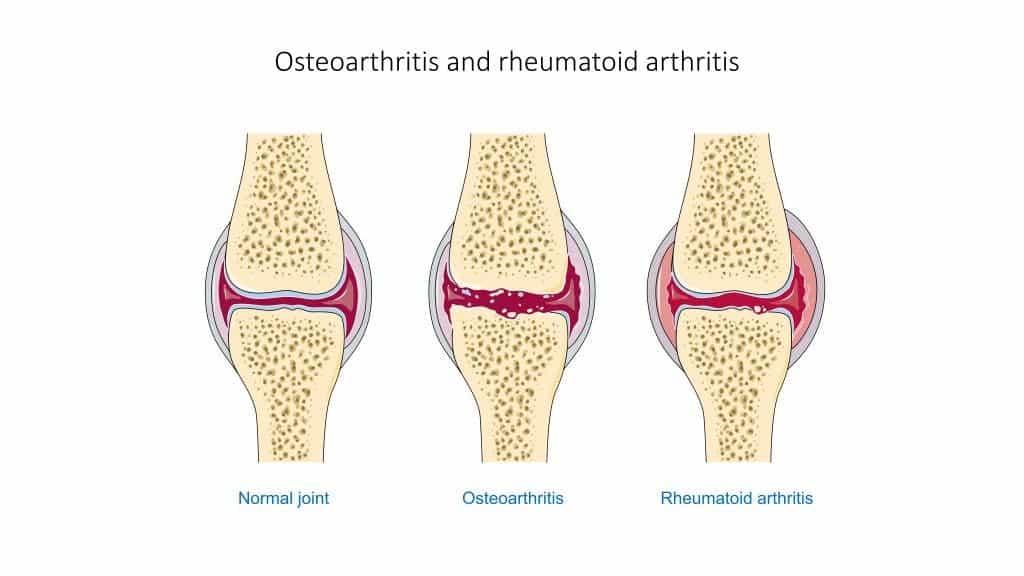A 3D biomaterial scaffold that gradually releases stem cells can relieve pain and even reverse arthritis. It was only shown to work in mice knee joints so far, but researchers are optimistic.

Osteoarthritis affects 7% of the global population — more than 500 million people. In some countries like the US, the rate is even higher, with arthritis affecting 23% of all adults (over 54 million people). The main symptoms of arthritis are joint pain and stiffness, which vary in intensity (but can get worse in time).
There are no real cures on the market for the condition, and doctors typically focus on relieving the pain. But stem cell therapy offers important hope to finally deal with the disease. Finding the right dose, however, remains a problem.
Too much of a dose can cause swelling and scar tissue to the patient; too little, and the therapy is only successful for a period, and then problems may reappear. To overcome this challenge, researchers at the Union Hospital of Huazhong University of Science seeded umbilical cord mesenchymal stem cells on a special type of biomaterial called a cryogel.
Mesenchymal stem cells have emerged as a popular type of stem cells because of their abundant supply, non-invasive harvesting procedure, and because they pose almost no ethical problems. Meanwhile, a cryogel is a gel matrix formed at subzero temperatures. Cryogels have interconnected pores much like a sponge, and these holes allow the transport of small particles.
The cryogel helps solve the dosage problem because it ensures that the implanted stem cells stay in the knee join for a longer time, without causing the risk of an overdose. When applied to mice, researchers found that the treatment was effective at reducing joing pain.
“It takes about two weeks for half of the implanted cells to leave, but their regenerative effects stick around for longer,” said corresponding author Wei Tong from the Department of Orthopedics of Union Hospital. “So it is possible that the therapeutic result comes indirectly, via the stem cells secreting epidermal growth factors, which stimulate cell proliferation and healing, rather than directly becoming newly formed cartilage in the joint.”
Still some way to go

It’s an exciting development and it may start clinical trials not too long in the future, but for now, the study has only been demonstrated on mice. Researchers first want to test the proof of concept in non-human primates, and then move on to humans.
In the meantime, if you think you may be suffering from arthritis, it’s always advisable to seek professional help, especially. Hospitals or clinics such as Everest Rehab clinics can offer much-needed expertise and advice. While there is no direct treatment, a healthy diet rich in fruits and vegetables (and low in meat and processed foods) can help reduce inflammation and pain. Other foods like fish and nuts can also help reduce inflammation.
Extra kilograms can also cause extra problems when dealing with arthritis, as they put added weight onto your knees. Overweight people are far more likely to develop osteoarthritis than those of a healthy weight. Diet and exercise can help keep your weight in a healthy range.
In time, innovative treatments like the one from Zhang and colleagues can help finally reverse arthritis and ease the lives of millions of people.
The study was published in Chemical Engineering Journal.









